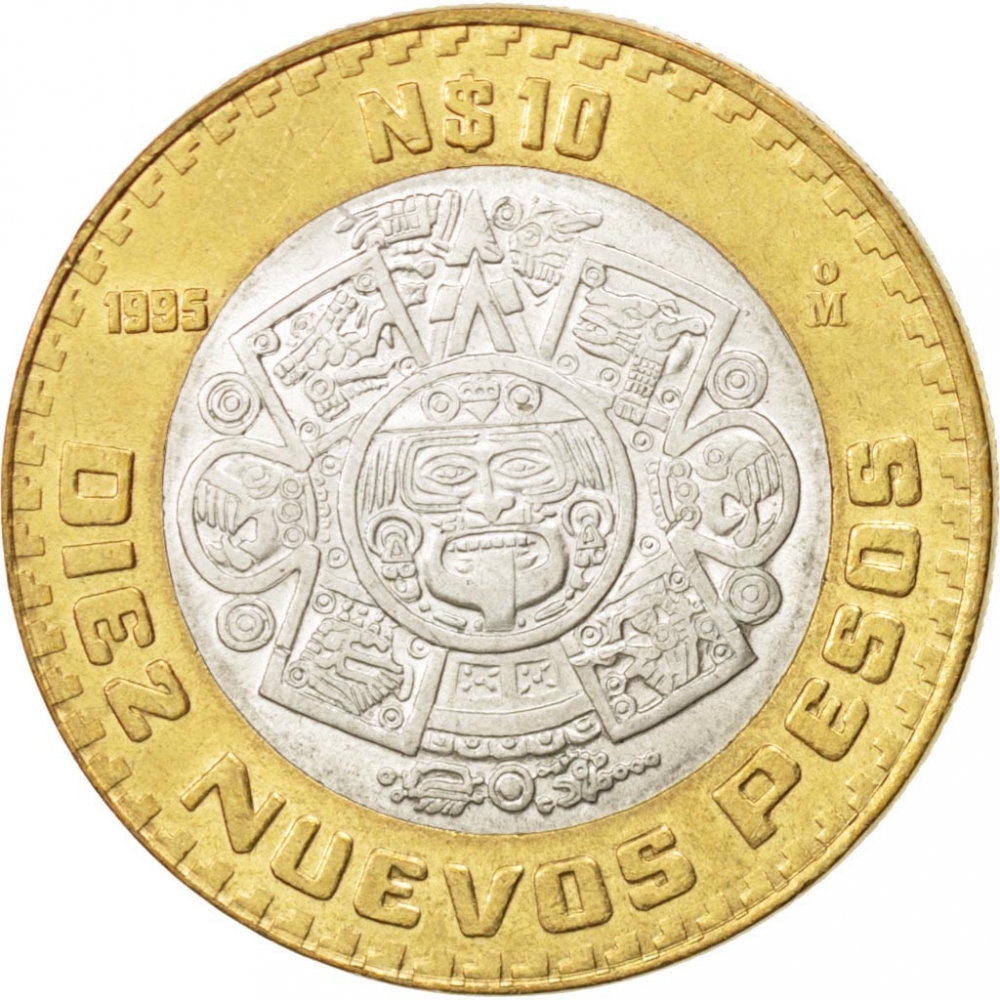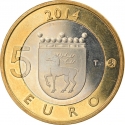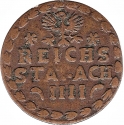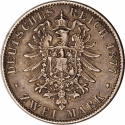You are about to finish your registration. Please check your mailbox (including spam folder). There should be a letter with a confirmation link. Check setting to make sure that your e-mail address is correct.
Send letter againDescription
The inner part consists of 5.604 g of .925 silver.
Obverse

|
Depicts the seal of the United Mexican States. ESTADOS UNIDOS MEXICANOS |
|---|---|
Reverse

|
In the center, the circle of the Sun Stone representing Tonatiuh with the fire mask. In the peripheral ring, top center the value; to the left the mint year, and to the right the symbol of the Mint of Mexico Mo; at the bottom, the inscription. The frame is smooth with an uneven edge. N$10 |
| Edge |
10 Nuevos Pesos
KM# 553
Characteristics
| Material | Bi-Metallic |
| Ring | Aluminium Bronze |
| Center | Silver |
| Weight | 11.18 g |
| Diameter | 27.71 mm |
| Thickness | 2.36 mm |
| Shape |
|
| Alignment | Coin |
| Mint |
Mexican Mint (Mo)
|







